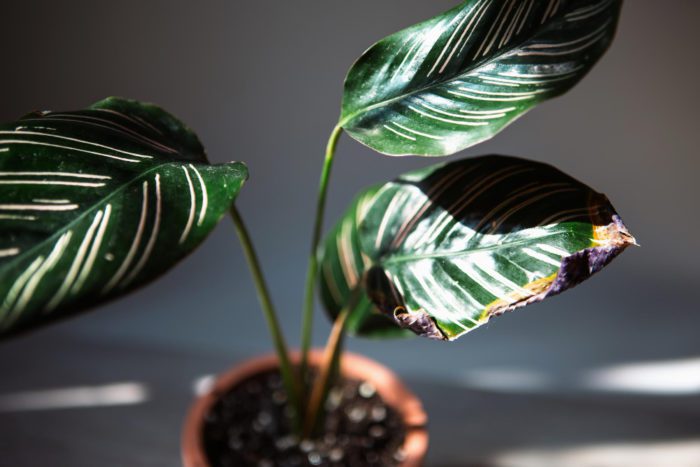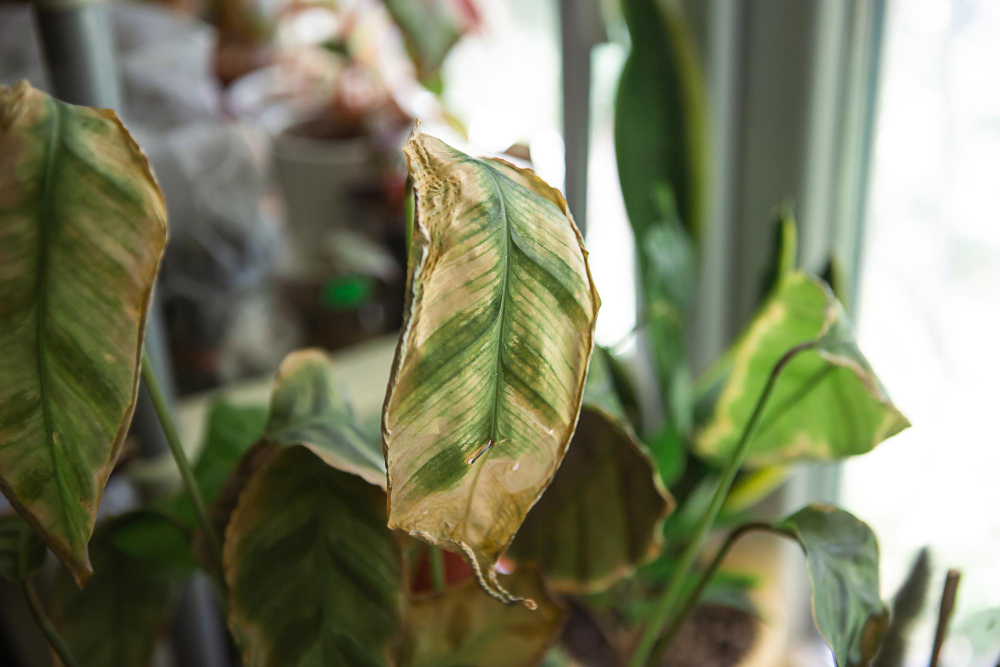Have you ever seen a plant that looks to be turning yellow in spots or that has super-fine webs all over it but no spiders visible?
If that’s the case, you’re likely to be fighting spider mites, a widespread indoor and outdoor insect. Let’s get you up to speed on everything you need to know about avoiding them! Well, to do so, you need to first know what exactly attracts these pests.
Spider Mites: What Are They?

Live plants are the most prevalent source of spider mites. While eliminating spider mites may take some time, it is possible and your plants will be happier as a result.
Important Note: If you're tired of pests and want a reliable solution, then you should definitely consider seeking help from a professional pest control company. DIY solutions can be effective, but if you're dealing with a significant pest infestation, you don't want to rely solely on DIY methods. Pest control companies typically don't charge huge fees. You can fill out this form to receive free quotes from the top local pest control companies, and compare the quotes and see for yourself. Then, finally, your pest problems will be eliminated for good.
Spider mites are not insects, contrary to popular belief. Instead, they’re an arachnid linked to spiders and ticks. They’re so small that you’ll need a magnifying glass to see them properly. They make the undersides of leaves appear dusty, but careful inspection reveals that the dust is actually moving.
What Food Do Spider Mites Eat?
Spider mites eat the tissues and sap of plants. They pierce the rear of leaves’ cell walls and essentially suck the juices out, causing the leaf to spot. This progresses from small yellow spots to total yellowing of the leaf over time, and a big population can quickly kill a plant.
What Are Spider Mites’ Favorite Environments?

Spider mites enjoy hot, dusty environments and are most commonly found on trees or plants near dusty streets or along garden borders. Water-stressed plants are particularly vulnerable. Female mites grab wind currents and disseminate to other plants when foliage quality degrades on strongly affected plants.
Spider mites are drawn to light, therefore new growth on plants in direct sunlight is more likely to be infested.
Are Some Plants More Attractive to Spider Mites Than Others?
Spider mites eat the cells of hundreds of different plant species. Melons, strawberries, tomatoes, and fruit trees are among their favorite outside plants. Ornamental flowers and shrubs are popular indoor plants for spider mites.
Spider mites prefer to attack the plants listed below, although they will attack just about anything if the conditions are right.
- Tomatoes.
- Junipers.
- Marigolds.
- Rosemary.
- Houseplants.
- Strawberries.
- Any plant that is sick or in distress.
Spider mites consume plant fluids with their piercing mouthparts. Spider mite feeding weakens heavily affected plants. Drought-stressed plants are attractive to spider mites.
Preventive Measures

Spider mites prefer dusty, dry environments to thrive in. Check to see if the plants are getting adequate water.
Spider mites and other pests are more attracted to diseased and sickly plants.
Low-level spider mite infestations may be controlled by saturating plants with water.
Natural enemies of spider mites exist, including predatory mites, which can be purchased as a biological control. You can use them to get rid of spider mites.
To keep spider mites at bay, intersperse Chinese parsley, chives, dill, chrysanthemums, garlic, and onion throughout your garden.
Neem oil, pyrethrins, azadirachtin, and horticultural oil are natural miticides that can be sprayed directly on adult mites, larvae, nymphs, and eggs to kill them on contact. Apply at 3-day intervals to active spider mite infestations until control is achieved.
Always read and follow label guidelines if you decide to use a pesticide.
Conclusion
Spider Mites are common pests, so it is essential to know what exactly attracts them.
We hope that we were able to educate you on what attracts spider mites through this article so that you can take the necessary actions for preventing a spider mite infestation in the future.

